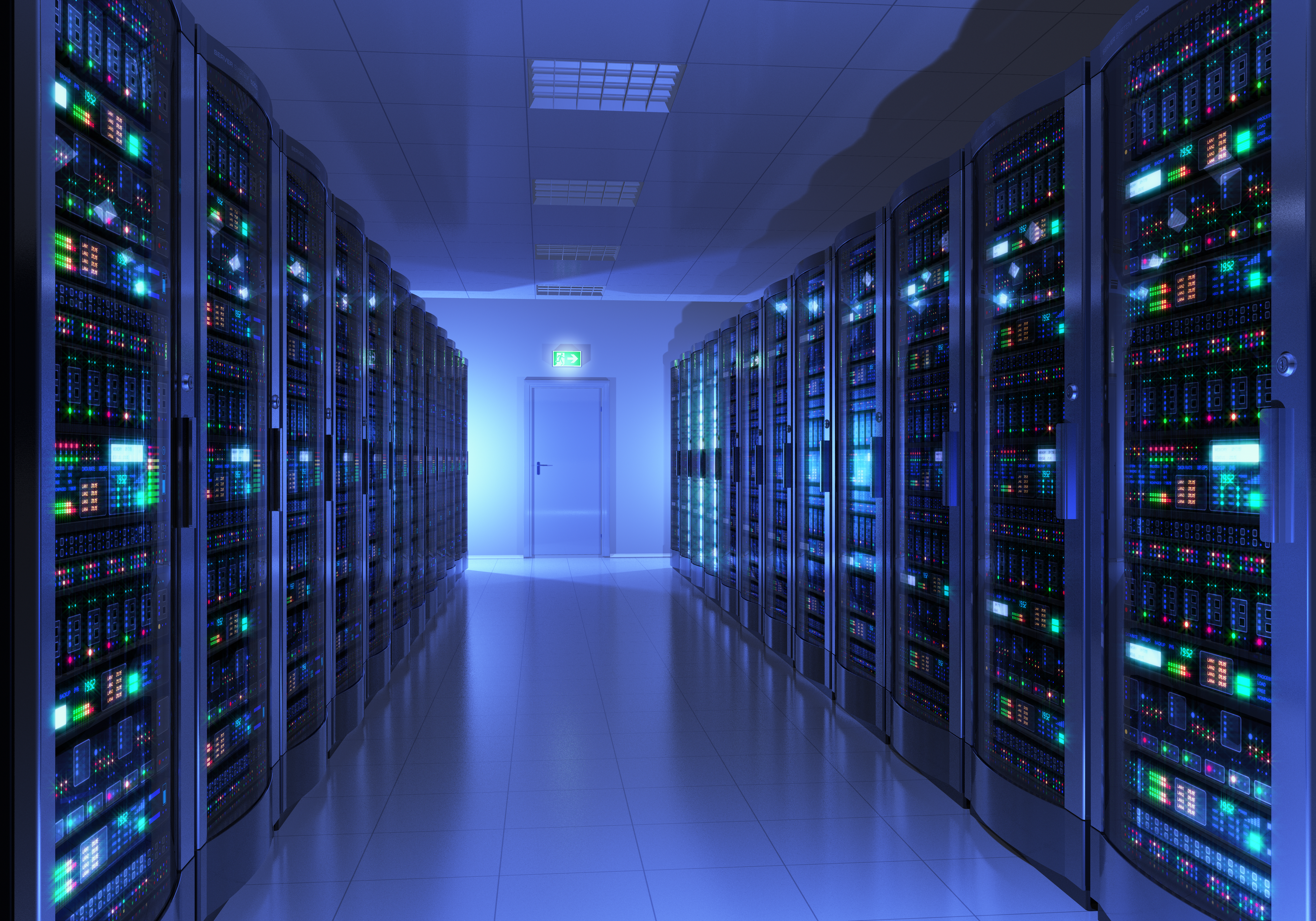
A bid by Google Ireland to build a third data center at Grange Castle Business Park in south Dublin has been rejected by local politicians, in part due to what was described as “the lack of significant on-site renewable energy” to power the proposed facility.
According to an article that appeared Tuesday in the Irish Times, the planning refusal by South Dublin County Council, “comes amid a growing backlash against data centres here amid a spike in the amount of energy they use at a time when Ireland is struggling to meet its targets to cut carbon emissions.”
In June, Google submitted a proposal that called for the creation of a 72,400 square meter data storage facility that will “incorporate data halls with associated support areas, a high voltage compound, offices and staff facilities, a loading area, mechanical and electrical yards, internal and external utilities, security fence and gates, landscaping including acoustic screening, … stormwater attenuation ponds, additional internal vehicle and pedestrian infrastructure, together with ancillary buildings and site infrastructure.”
Jeremy Roberts, senior research director at Info-Tech Research Group, said the rejection of the bid is not surprising.
“The world is increasingly digital, and the digital and physical worlds intersect at the data center where organizations big and small host their IT infrastructure,” he said. “Data centers are notoriously power-hungry, and given the imminent threat of climate change and the importance of sustainability, it is not always clear that new data centers will get the green light.
The fact that the decision was made by a local council is proof, he said, that “there is no such thing as ‘the government.’ There are multiple competing centers of power that have varying influence and interest in any project. A state government might disagree on the details with a national government, while the municipal folks might not approve zoning changes. A utility might have a different opinion as well. All of these factors can complicate any application to build a data center, and their perspectives should be well understood.”
Some other points to consider, said Roberts, include:
- Grid capacity: Energy, he said, “must be generated. It is not always possible to support data centers with existing capacity, especially as data center power consumption spikes with AI.”
- Carbon footprint: How power is generated matters, he pointed out. ”If the source of energy is clean or renewable, like wind or nuclear, a data center can be an excellent addition. If you are burning coal to power the data center, that can conflict with carbon neutrality and other goals for companies and governments.”
- Local climate: Cooling is expensive, he said, “so consider placing a data center somewhere more favorable weather-wise. It is probably more expensive to cool a data center in Arizona than it is in Norway.”
- Proximity to things that matter: Having staff nearby to manage the facility, and proximity to end users to control latency and other performance needs are also two big considerations for data center placement, he said, adding that “data centers should also be placed in a structured fashion so that a cloud provider can create resiliency in the event of a natural disaster or other localized interruption.”
- Laws and regulations: “Different jurisdictions have different requirements, and compliance may be complicated if a provider chooses to host services in an area with an active regulatory state,” he said.
Remember to like our facebook and our twitter @WindowsMode for a chance to win a free Surface Pro every month!
Discover more from Windows Mode
Subscribe to get the latest posts sent to your email.















